Andromeda is seeing a mass migration of stars, according to astronomers.
Galaxies are known to increase in size by merging with other galaxies, and this phenomenon can be observed in the Milky Way, which is currently incorporating the Large and Small Magellanic Clouds as well as the Sagittarius Dwarf Spheroidal Galaxy.
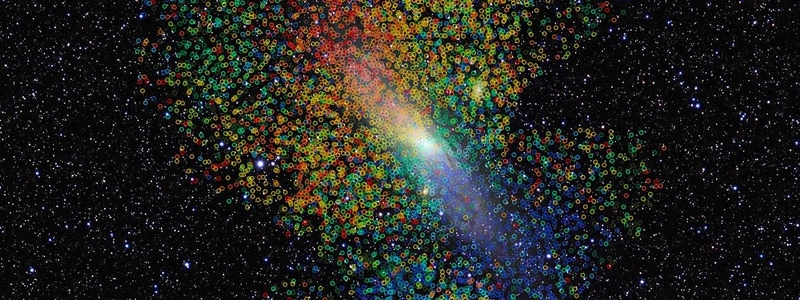
Recently, astronomers have made a novel discovery: they have detected indications of an ancient mass migration of stars from one galaxy to another. Specifically, they have identified more than 7,000 stars that entered Andromeda (M31), our closest neighbor, around two billion years ago.
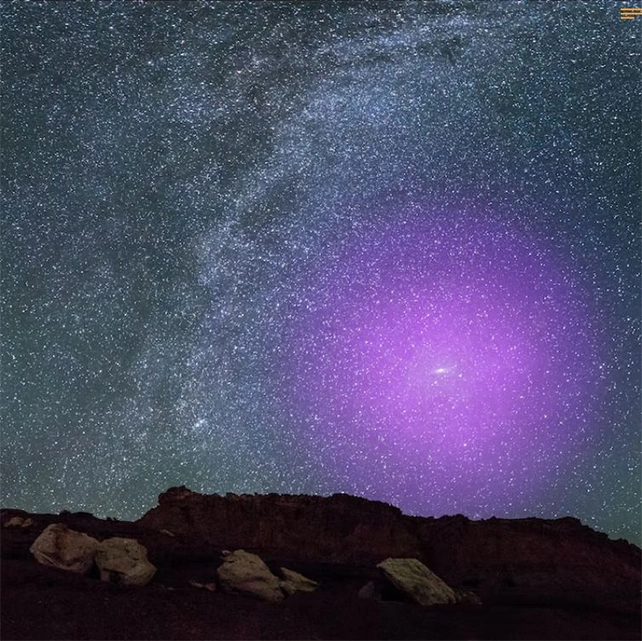
Astronomy experts are interested in the growth and development of galaxies, which is a popular research subject, and one of the main reasons why the James Webb Space Telescope (JWST) has recently been in the news. The JWST’s primary scientific mission is to observe the earliest galaxies in the universe to gain insight into their growth and evolution into their present form. However, other telescopes can also contribute to understanding this topic.
“Galaxies like M31 and our Milky Way are constructed from the building blocks of many smaller galaxies over cosmic history.”
Arjun Dey, NOIRLab
The latest findings on the convergence of stars towards Andromeda are based on data collected by the Dark Energy Spectroscopic Instrument (DESI), which was designed to study the impact of dark energy on the expansion of the universe. The instrument achieves this by capturing optical spectra of tens of millions of celestial objects, including galaxies and quasars, and constructing a 3D map of the data.
DESI and Gaia are two spacecraft with different objectives. While Gaia’s goal is to map the positions and motions of billions of stars in the Milky Way, DESI was built to measure the impact of dark energy on the Universe’s expansion. It gathers optical spectra on tens of millions of objects, constructing a 3D map of the results, mostly galaxies and quasars. Although Gaia has revealed a wealth of discoveries about our galaxy, it’s limited to mapping stars in the Milky Way. But thanks to DESI, astronomers now have a partial map of the stars in Andromeda, which includes the motions of almost 7,500 stars in the inner halo of the galaxy, providing insights into their history.
The lead author of the paper presenting these results, titled “DESI Observations of the Andromeda Galaxy: Revealing the Immigration History of our Nearest Neighbor,” is Arjun Dey, an astronomer at the National Science Foundation’s NOIRLab, which oversees DESI. DESI’s measurements indicate that two billion years ago, another galaxy merged with Andromeda, and the positions and motions of the measured stars demonstrate that they came from that galaxy, providing clear evidence to support the theory that galaxies grow by merging with one another.
Lead author Dey explained that their new observations of the Andromeda Galaxy reveal detailed evidence of a galactic immigration event. This finding demonstrates that although the night sky might appear unchanging, the Universe is constantly evolving. The Milky Way also experienced a similar merger between 8 to 10 billion years ago. Most of the stars that make up our galaxy’s halo were originally part of a different galaxy and merged with the Milky Way during this ancient event. Observing the more recent merger event in Andromeda can provide astronomers with insights into the ancient history of the Milky Way.
Coauthor Koposov said that they have never before observed the motions of stars or some of the structures resulting from this type of merger so clearly. According to the authors of the paper, “the expected observational signatures of galactic migration include debris streams, shells, rings, and plumes, the expected outcomes of merger interactions between large galaxies and their companions.” For the first time, the team’s observations provide a glimpse of these structures resulting from the Andromeda Galaxy’s merger. The authors suggest that the inner halos of both the Milky Way and Andromeda were dominated by a single immigration event, indicating that the history of these two galaxies is similar.
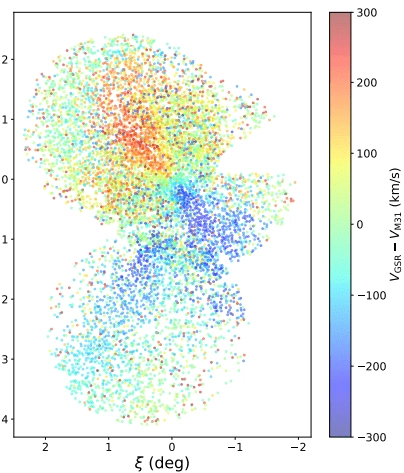
According to the paper, “dynamical models constructed to explain the spatial morphology of the inner halo” have predicted shell structures in the Giant Stellar Stream, Northeast Shelf, and Western Shelf regions. The paper adds that “clear kinematic evidence” has been found for these structures, which indicates that “much of the substructure in the inner halo of M31” was produced by a single galactic immigration event that occurred 1-2 billion years ago.
The authors of the paper note that while some evidence of coherent structures in Andromeda has been detected before, this is the first time they have been observed in such detail and clarity in a galaxy other than the Milky Way. The observations show that there are intricate and coherent kinematic structures in the positions and velocities of individual stars, including streams, wedges, and chevrons.
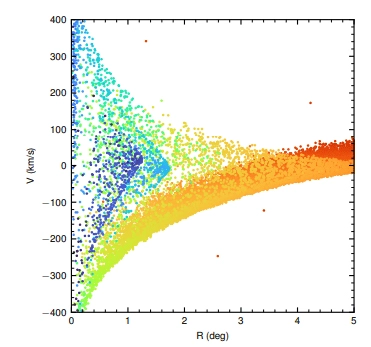
The newly discovered details about Andromeda’s stars are not solely attributed to their positions and movements but also their metallicity. The high abundance of metal-rich stars in the sub-structures resulting from the merger suggests that the previous galaxy or galaxies had an extended star formation history, which is typical of more massive galaxies. This study highlights the resemblance between the Andromeda and Milky Way galaxies and supports the idea that mergers are crucial in the development and expansion of galaxies. As stated in the paper, both Andromeda and the Milky Way are dominated by stars from one accretion event, with the Milky Way showing similar kinematic substructures as those found in Andromeda. The remarkable features uncovered in this study are due to the Dark Energy Spectroscopic Instrument’s (DESI) ability to collect spectra from 5,000 objects at once, which it can do by reconfiguring its 5,000 separate focal planes in only two minutes as it shifts between targets. DESI is recognized as the world’s most powerful multi-object survey spectrograph.
“It’s amazing that we can look out at the sky and read billions of years of another galaxy’s history as written in the motions of its stars.”
Joan R. Najita, NOIRLab.
The primary objective of DESI was to map the large-scale structure of the Universe and investigate the expansion of the Universe by observing the spectra of over 40 billion galaxies and quasars. Nevertheless, the instrument is also offering insight into the evolution of galaxies through mergers. Lead author Dey stated that the star survey of Andromeda Galaxy conducted with DESI was a unique scientific achievement that couldn’t have been accomplished by any other instrument in the world. He praised the efficiency, field of view, and throughput of DESI, which were far better than larger telescopes that had been used for spectroscopy for more than a decade. The study’s co-author Najita shared Dey’s sentiment and described how the motions of stars reveal billions of years of history. The researchers were thrilled with the results, which surpassed their expectations, and they hope to undertake a comprehensive survey of the M31 halo with DESI to make further discoveries.
Do not forget to share your opinion with us to provide you with the best posts !



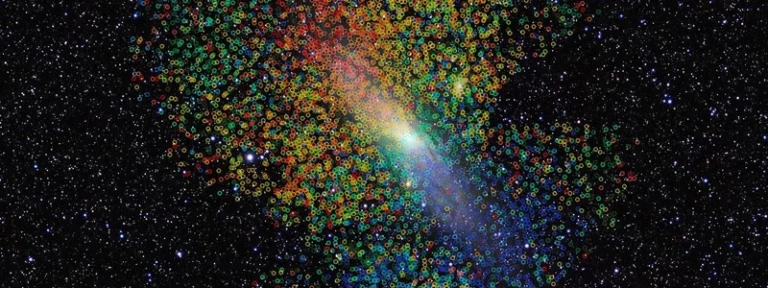

0 Comments